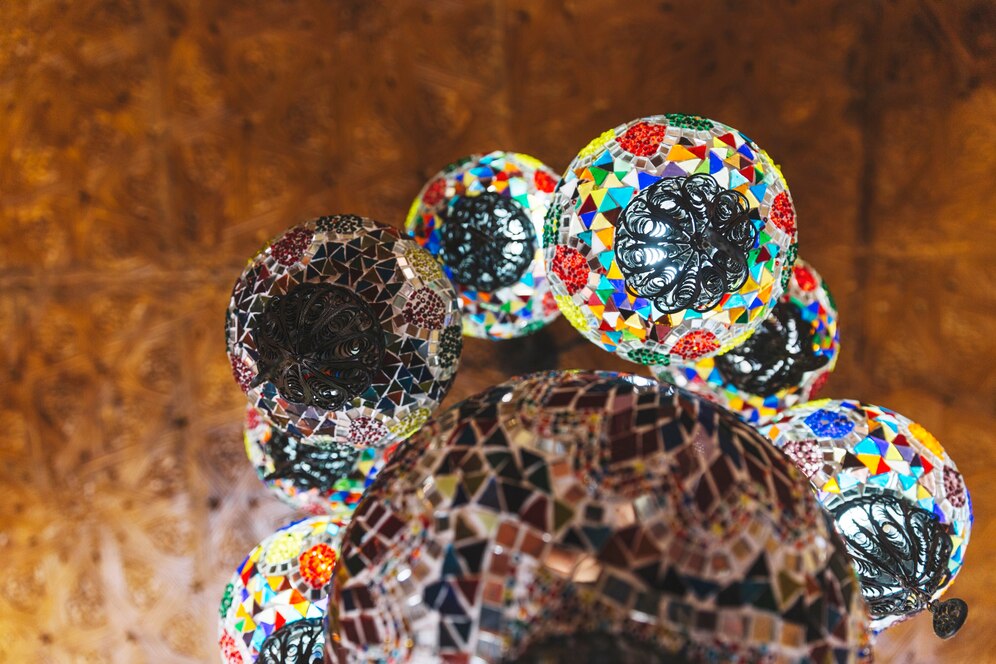
Musical Instruments are one of the unique ways to bind the culture and heritage of the country, and it is one of the precious elements one should preserve for years. Arabic Oud Instrument is considered one of UAE’s most traditional musical instruments. In terms of its name, it is derived from the word “the wood” and is considered an ancestor of Persian barbat and European Lute. It has been amazingly used in Arabic culture for centuries while also holding great relevance in modern times.
Design of Arabic Oud Instrument
The oud is a pear-shaped string instrument with 11 or 13 strings that are made with a pick from an eagle’s feather. In terms of string arrangement, The strings are arranged in groups of 6-course pairs where the last string is single.
It has a rounded back, enclosed by a soundboard made of a flat sheet of wood. The backside consists of 15-25 strips of wood, with the open side known as the rosette.
Arabic Oud Instrument – Some Outstanding Features
The oud is an unattachable element of Arabic musical culture, serving as one of the most renowned string instruments in history. Some of the defining features of this great instrument are as follows:
1. Strings: The oud has 11 strings in total. Among them, ten strings are paired together, arranged in five courses of two strings each. The lowest string on the oud remains single. This string arrangement allows for intricate note combinations.
2. Peg Box: Extending from the neck of the oud is the peg box, which is bent back at a 45-90 degree angle. The strings of the oud are wrapped around pegs inserted in the peg box for tuning purposes. This distinct peg box is a recognizable feature.
3. Sound Holes: Most ouds have 1-3 oval or circular-shaped sound holes carved into the body. These openings act as the main resonator, contributing to the buzzing tone the oud is known for. The sound holes are quite beautifully decorated.
4. Body: The body of the oud has a staved and bowl-like back, typically made of thin strips of wood. Paired with the soundboard, this construction method gives the oud its characteristic deep and resonant sound.
Renowned Oud Players of All Time
Here are some of the famous Arabic Oud Instrument players of all time:
1. Farid Al Atrash: Born in 1915, Farid Al Atrash was the “King of the Oud.” His exceptional skills in playing the Arabic Oud Instruments and his songs established him as an icon.
2. Munir Bashir: He was an outstanding musician and Arabic Oud Instrument player who lived from 1930 to 1997 and is widely recognized as one of the most influential oud players of the 20th century. He has developed a unique style with a blend of Iraqi maqam and energetic rhythms on Oud.
3. Naseer Shamma: He is a contemporary Iraqi oud virtuoso born in 1963 and has played a role in reigniting interest in this instrument through captivating concerts and over 50 albums. With skillfulness in the Arabic Oud Instrument, Shamma continuously surprises audiences with techniques and interpretations.













;Resize=(1200,627)&impolicy=perceptual&quality=medium&hash=b7f470402dd7b53835a235f5cbdcdb60278a66f96308233fdf4389b8f44a15a5)

